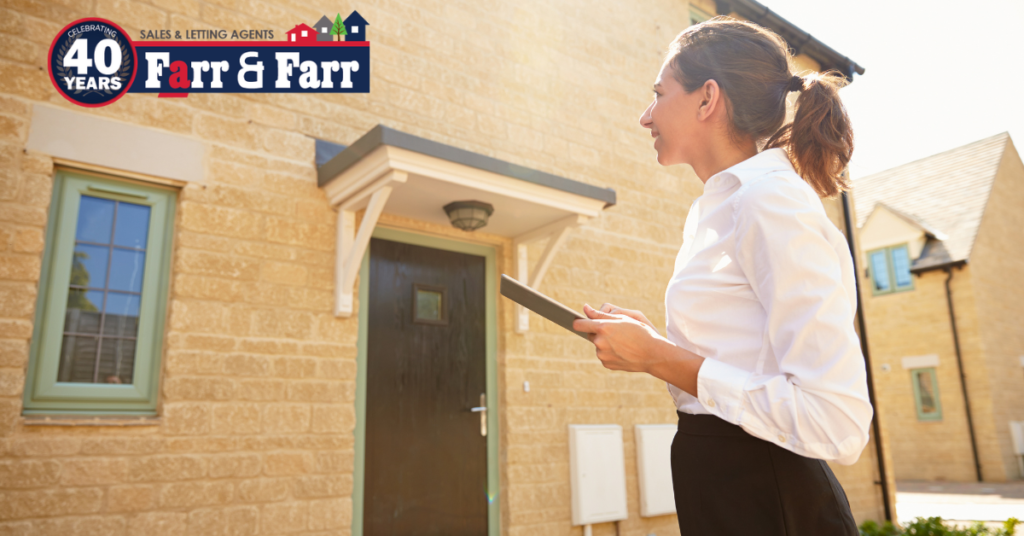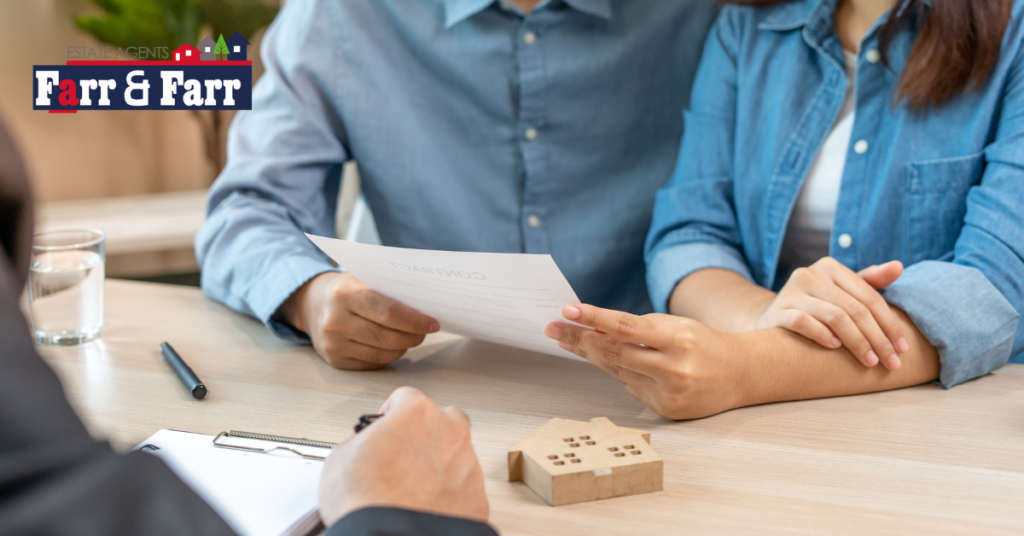Stamp Duty Land Tax (or SDLT), commonly referred to as Stamp Duty is charged by the Government as a Land Tax when a property or land is sold to a buyer. To calculate stamp duty properly, you need to have an idea of what criteria the Government use to apply the correct percentage of stamp duty charge to the property price of your new acquisition.
The Government uses the stamp duty levy in order to contain the property market and to maintain inflation within certain boundaries. When the economy is in decline, the Government can apply a ‘stamp duty holiday’ on the purchase price of a property, as we saw during the recent Covid-19 pandemic, where any property that was sold during this time was exempt from the stamp duty levy. The resulting effect of this was to boost the property market to an extent that a record number of houses were sold and the market boomed.
Now that this ‘holiday’ has come to an end, the SDLT is applied to all property and land sales. The buyer pays this tax, but it’s not a ‘one size fits all’ and needs to be calculated depending on the criteria that the Government sets.
As a rule of thumb, you usually pay increasing portions of the property price when you buy a residential property. The SDLT only applies to properties over a certain value and the amount you pay depends on when you purchased it and how much you paid for it.
When you buy a property, you must send a SDLT return if you have paid more than £40,000 for it, even if there’s no actual levy to pay. There are a few exceptions to this, which can be found on the Government website.
Let’s look at the different ways that stamp duty is applied to property purchase prices
SINGLE PROPERTY BUT YOU’RE NOT A FIRST TIME BUYER
If the property that you’re buying is the only one you own, the rate increases proportionally as the price increases
Up to £125,000, no tax is applicable
£125,001 – £250,000, you’ll pay 2% of the property value between these 2 bands
£250,001 – £925,000, you’ll pay 5% of the property value between these 2 bands
£925,001 – £1,5m, you’ll pay 10% of the property value between these 2 bands
Anything above £1.5m, you’ll pay 12% of the property value between these 2 bands
A working example would be:
Property purchase price = £295,000
£125,000 – Nil to pay
£125,00 @ 2% = £2,500
£45,000 @ 5% = £2,250
Total SDLT to pay = £4,750
FIRST TIME BUYERS
There is no SDLT to pay on first time purchases up to the value of £300,000, but if the purchase price is above this, then you’ll pay 5% on the portion over £300,001.
SECOND PROPERTY BUYERS
If the property you’re buying is not your only property, then you can expect to pay another 3% on top of the standard SDLT rates. This can be quite a hefty sum in taxation, so it’s important to factor this in when you’re considering purchasing a second property.
Here’s a stinger for you……
Say for instance, you’ve purchased a property and it’s completed before you’ve sold your existing one. you’ll have to pay the extra 3% in SDLT levy because the Government will classify it as a ‘second’ property until you’ve sold your other one. You can claim it back when your other property is sold, but it really puts pressure on cash flow if this were to happen.
All of the above calculations are based on properties that are purchased with the freehold tenure.
LEASEHOLD PROPERTIES
When you purchase a property with a lease rather than freehold, If the total rent over the life of the lease is more than the SDLT threshold (which is currently £125,000), you will be liable to pay 1% of the portion over the this threshold.
It can be quite confusing to calculate the amount of SDLT you’re liable for when you purchase a property, so the Government has produced a calculator online to make things easier.
If you know your status regarding your property purchase, then the calculator will do the work for you! You can use the calculator if:
You’re a first time buyer
You’re replacing your main residence
You’re buying additional properties
If you’re a UK and Non UK resident
You’re purchasing a freehold or leasehold property
If you’re a non-UK resident purchasing residential property in the UK
You can find the Government calculator here
CONCLUSION
If you’re considering purchasing a property, it’s worth checking out the amount of Stamp Duty you’ll be liable to pay. We are Farr and Farr, Gloucester’s Longest Established Independent Estate Agency. If you’d like some more information simply take a look at our website or call us at your local branch.




